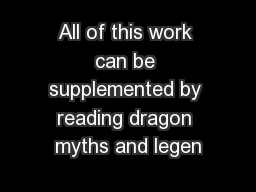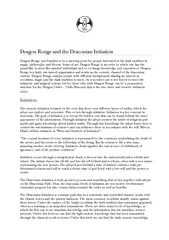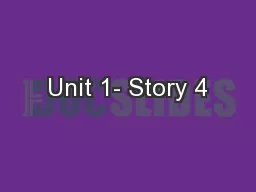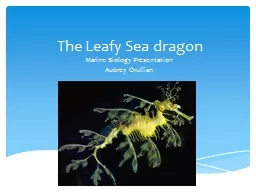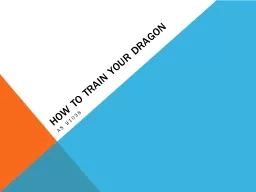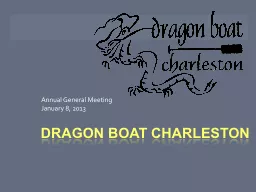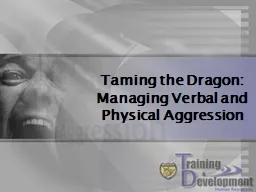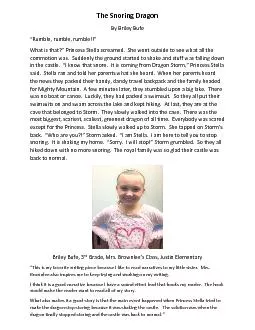PDF-All of this work can be supplemented by reading dragon myths and legen
Author : myesha-ticknor | Published Date : 2016-05-03
Dragon ounting rhymeOne old dragonTwo dark eyesThree magic wishesFour evil lies133What do dragons learn at schoolHow to y across the seaHow to perch upon a treeHow
Presentation Embed Code
Download Presentation
Download Presentation The PPT/PDF document "All of this work can be supplemented by ..." is the property of its rightful owner. Permission is granted to download and print the materials on this website for personal, non-commercial use only, and to display it on your personal computer provided you do not modify the materials and that you retain all copyright notices contained in the materials. By downloading content from our website, you accept the terms of this agreement.
All of this work can be supplemented by reading dragon myths and legen: Transcript
Download Rules Of Document
"All of this work can be supplemented by reading dragon myths and legen"The content belongs to its owner. You may download and print it for personal use, without modification, and keep all copyright notices. By downloading, you agree to these terms.
Related Documents

